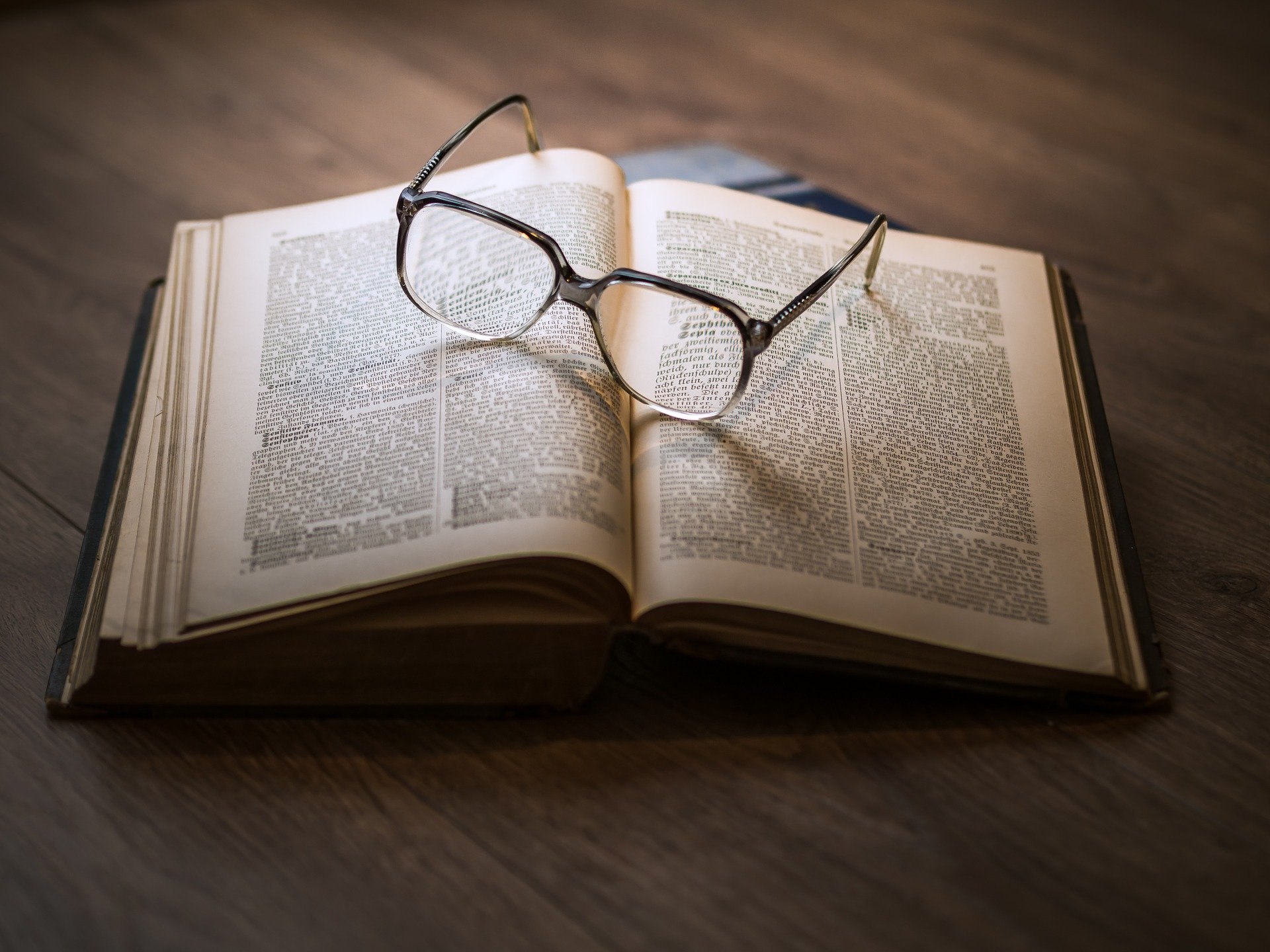Close Reading

Meet Dr Emma Whipday, who uses close reading of many different types of texts, as well as theatrical close reading, to better understand Early modern drama and culture.
Close reading is the considered, sustained analysis of a section of text. Close reading may emphasise the importance of individual words, patterns of repetition or opposition, syntax, and formal features such as rhyme and scansion. An attentive close reading can produce a substantial piece of work from a small section of text and provide numerous insights about that text. Close reading can help to understand the meaning or significance of a section of text, but some close readers reject the idea that a text can be understood at all and use close reading to demonstrate the indeterminacy of textual meaning.
Close reading defamiliarizes the reader from their usual patterns of reading by bringing into question the techniques and dynamics of the text. Close reading provides insights by asking questions of the details of a text. Often, these details are sources of tension of divergence in a text, such as an unrhymed couplet in an otherwise regular poem. Through careful examination, close reading can demonstrate both how a text is constructed, and what effects it produces. While close reading often forms the basis of textual study, historical, theoretical and biographical details germane to the text may be introduced to better interpret the observations a close reading produces.
By laying bare the rhetorical strategies of a text, close readers can better understand how an argument or idea is conveyed. Rhetoric is a feature of modern life, for example in politics and in advertising, and close reading provides a rigorous framework through which to examine and criticise that rhetoric.
People
Resources
Hayles, K.N. (2010). How We Read: Close, Hyper, Machine. ADE Bulletin, 62-79.
Howe, E. A. (2009). Close Reading: An Introduction to Literature (1st edition). Pearson.
Lennard, J. (2005). The poetry handbook: A guide to reading poetry for pleasure and practical criticism (2nd ed.). Oxford University Press.
Lentricchia, F., & DuBois, A. (2003). Close reading: The reader. Duke University Press.










